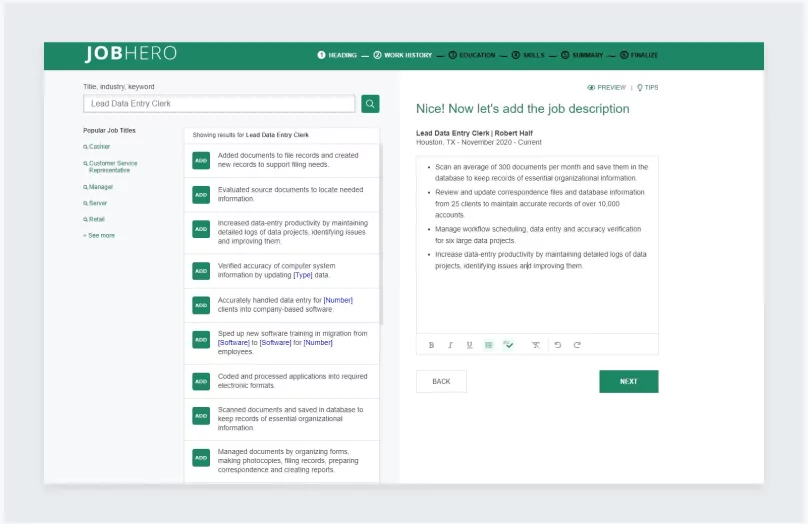What is a Desktop Engineer?
A Desktop Engineer specializes in troubleshooting technical issues for computer users. These issues could be either hardware or software related, and it’s the Desktop Engineer’s job to diagnose where the problem is and implement a solution for the user. A Desktop Engineer typically does the technical work on their own, but they may work in small teams if employed by a large organization. They also spend a fair amount of time communicating with users.
The role of Desktop Engineer can be considered an entry-level position, although some employers may want candidates with a couple years of experience under their belt. Desktop Engineers may have the opportunity to work up to being Senior Desktop Engineers, a position that entails managing and mentoring a team of subordinates. The Bureau of Labor Statistics states that demand for Computer Support Specialists, which includes Desktop Engineers, is supposed to rise 12 percent through 2024.
Want to add value to your job application? Using a professional cover letter builder can help you stand out from the competition. Use ours to build a stand out letter that will get you noticed.

Create your professional resume in just minutes.
- Choose from 20+ recommended templates
- Add pre-written experiences, skills and summary
- Download and send
Desktop Engineer Duties and Responsibilities
Creating Software Images for Endpoint Devices
Troubleshooting Software and Hardware Issues
Develop and Implement a Software Update Schedule
Ensure Network Security is Up to Date
Communicate With Users to Identify Issues and Explain Solutions
Desktop Engineer Skills
Being a Desktop Engineer requires a unique blend of technical and people skills. Desktop Engineers are analytical problem-solvers who also have a knack for being a good listener. Those who thrive on helping people tend to excel in this position. In addition to these traits, our research of live descriptions has enlightened us on the core and advanced skills employers are looking for in Desktop Engineer Candidates.
Core skills We skimmed several job descriptions to see which skills were the most important for Desktop Engineers to possess. If you want to become a Desktop Engineer, then these are the primary skills you should focus on.
- Basic knowledge of network troubleshooting Ethernet and IP configuration
- Proficiency in Microsoft support tools, such as DNS, storage and networking
- Proficiency in Microsoft Office
- Strong verbal communication skills
- Active listening skills
- Interpersonal skills, such as empathizing with angry users
- Analytical skills
- Problem solving skills
- Advanced knowledge of patch management and software distribution
GO PRO
Choose from fully customizable
GET PAST THE BOTS
Ensure compatibility with Applicant Tracking Systems
LOOK YOUR BEST
Save time with sleek and stylish professional design templates

Desktop Engineer Salary
Desktop Engineer Resources
We wanted to give you the best possible picture of the Desktop Engineer career path, so we compiled this list of additional resources to aid your exploration.
On the Web
Onetonline.orgOnet is an extensive database of career information. It has a detailed profile for what life as a Computer Support Specialist, which is another name for the job of Desktop Engineer.
ITCareerFinder.comIT Career Finder is a great website for those looking to explore the many different jobs within the world of Information Technology. It has a section that shows the positionbyposition career arc of a Desktop Engineer.
Industry Groups
IEEE.orgThe IEEE is one of the largest organizations of Engineers, and has several Desktop Engineers amongst its membership. The organization’s mission revolves around technology’s growing role in our society.
On LinkedIn
Windows 7 Essential Training (Lynda)Created by David Rivers, this Lynda course teaches users the ins and outs of Windows 7 and is a great option for an aspiring Desktop Engineer. For those who don’t know, Lynda.com is Linkedin’s online learning platform.
Managing DNS Essential Training (Lynda)Created by Sean Collins, this course covers the core information aspiring Desktop Engineers need to successfully manage DNS systems. This course is worth checking out using Lynda’s free trial.
Desktop Engineer Resume Help
Explore these related job titles from our database of hundreds of thousands of expert-approved resume samples:



